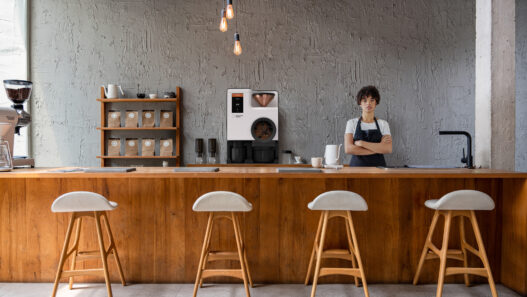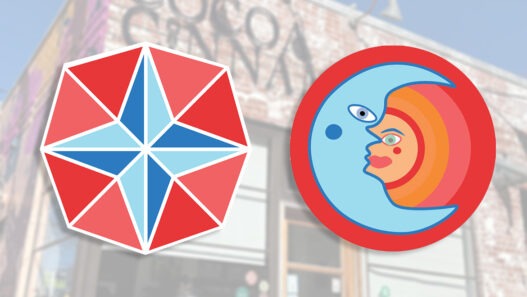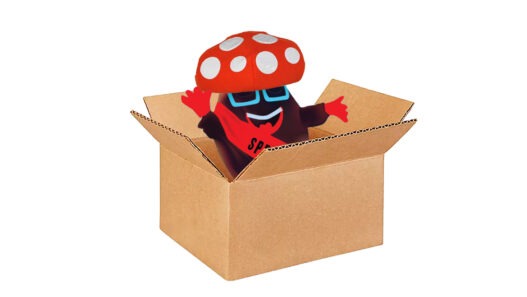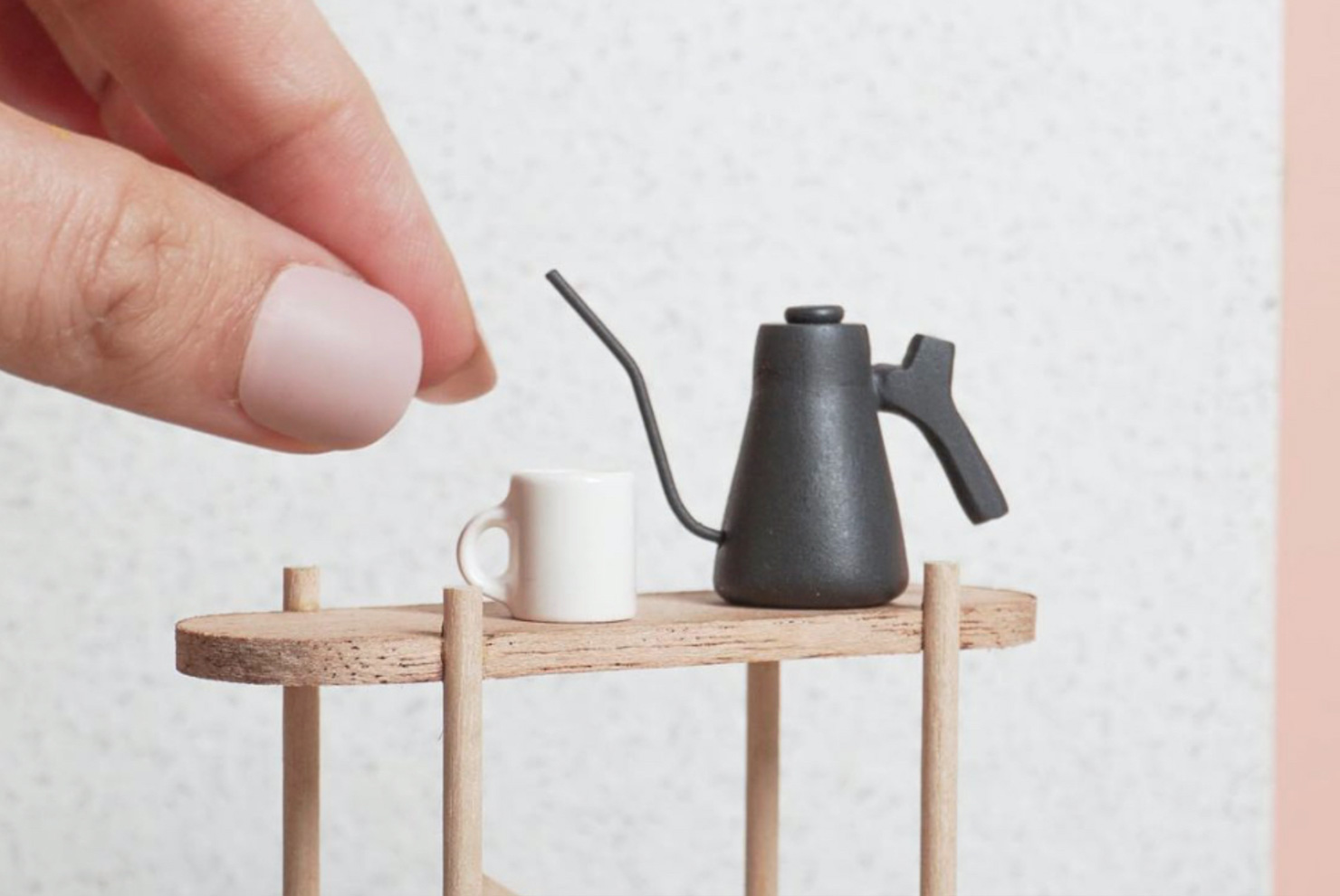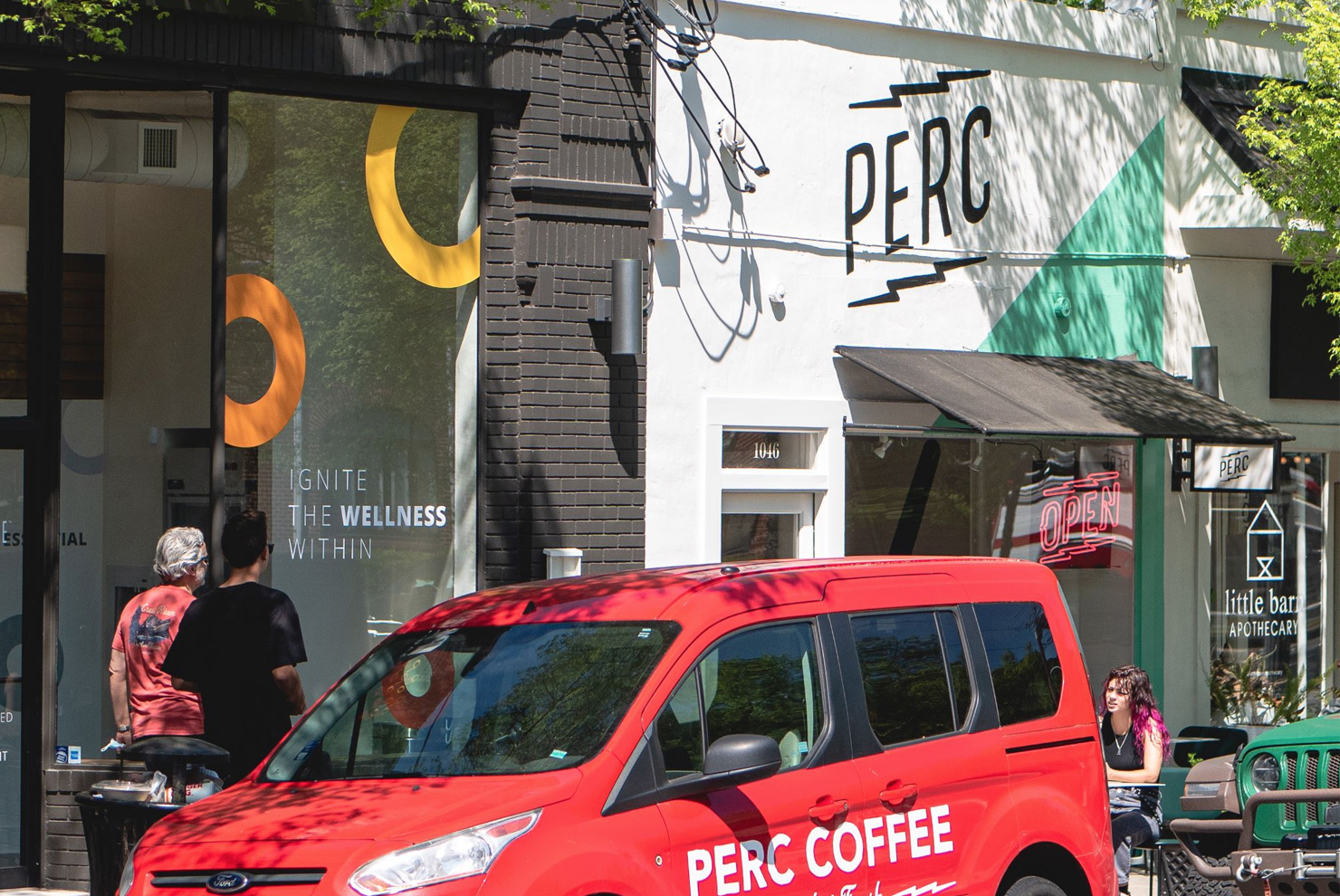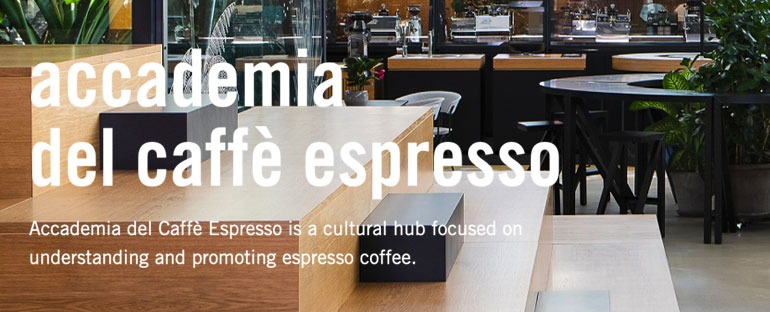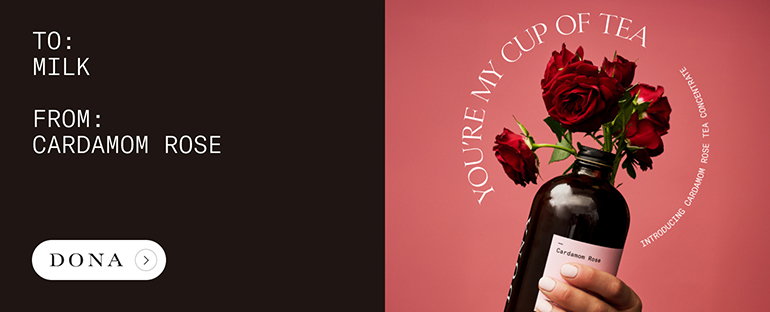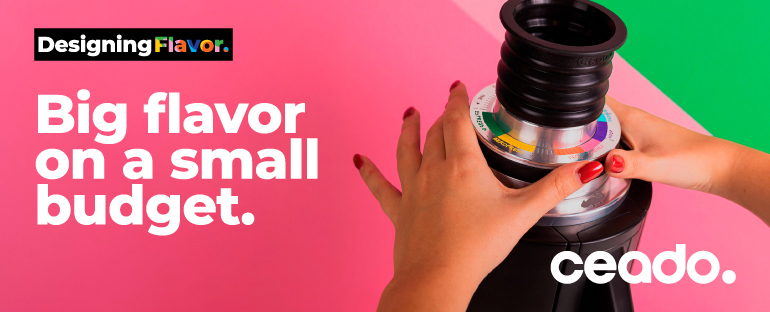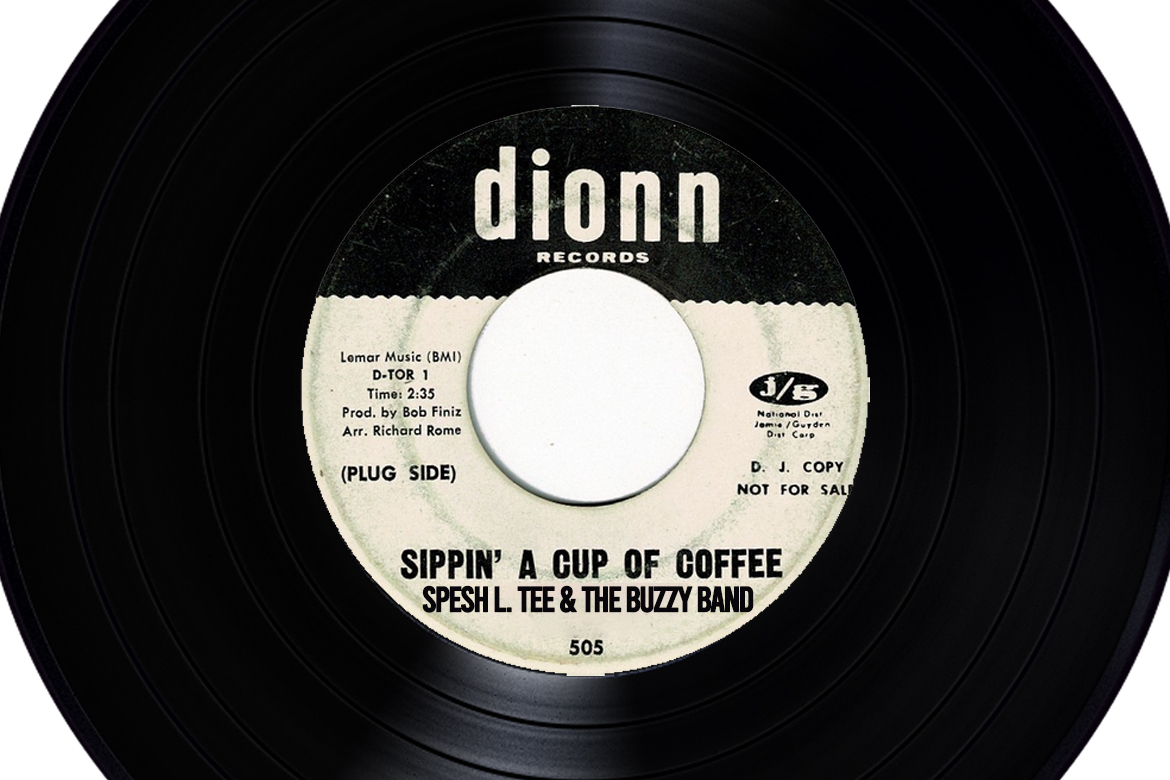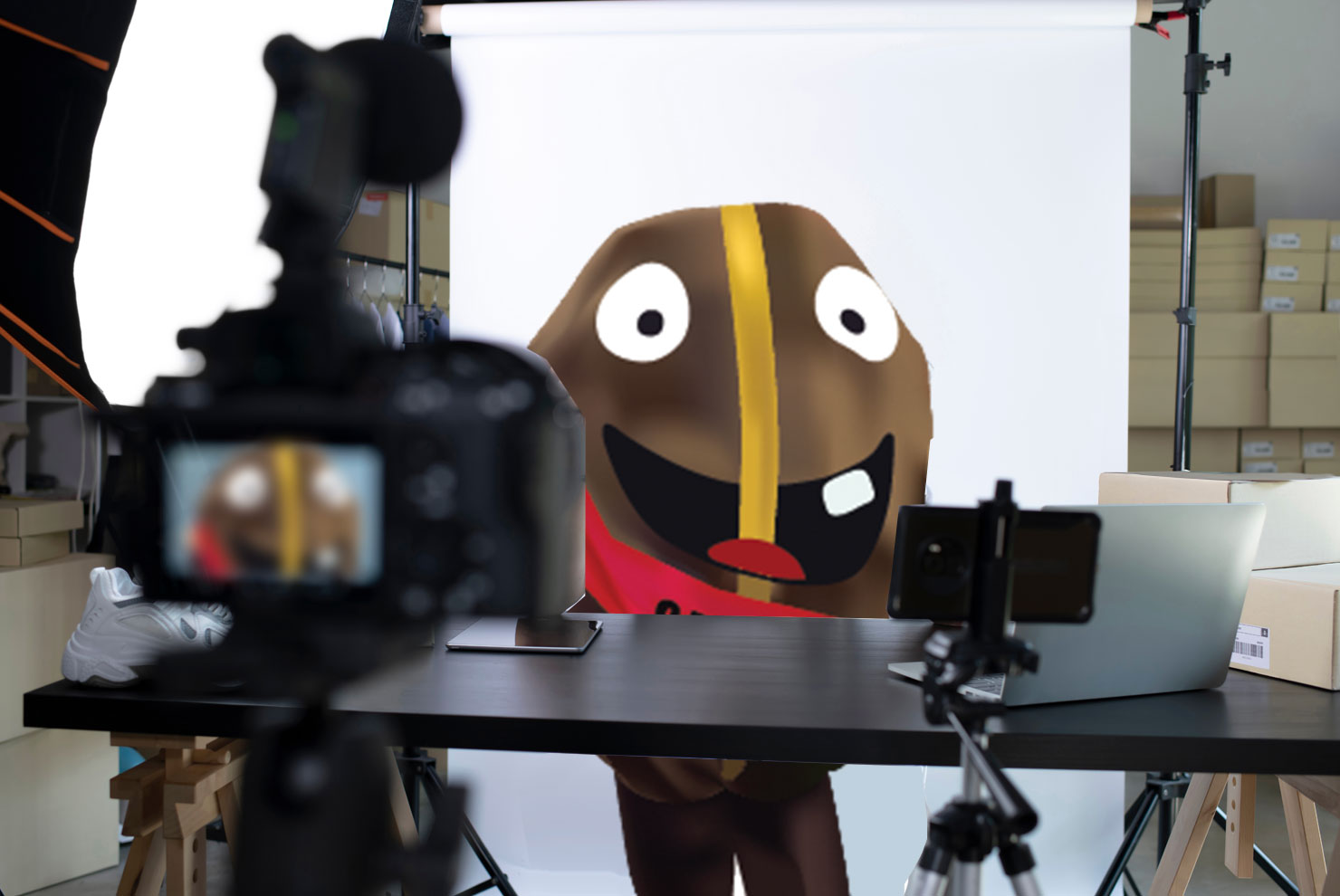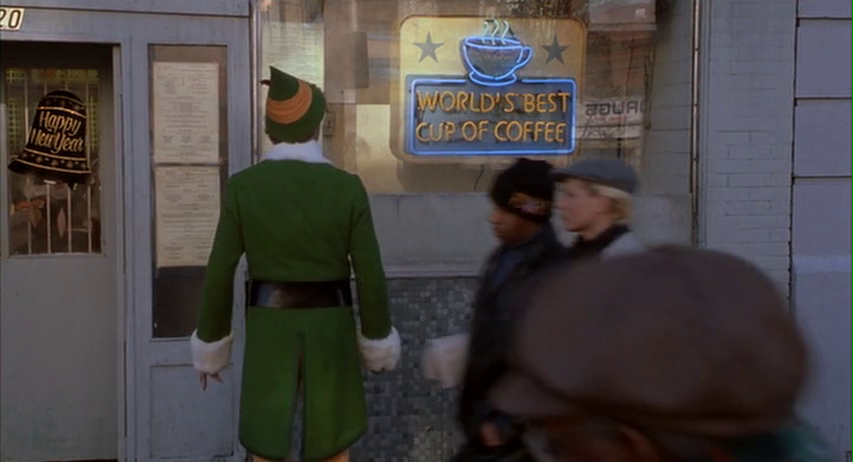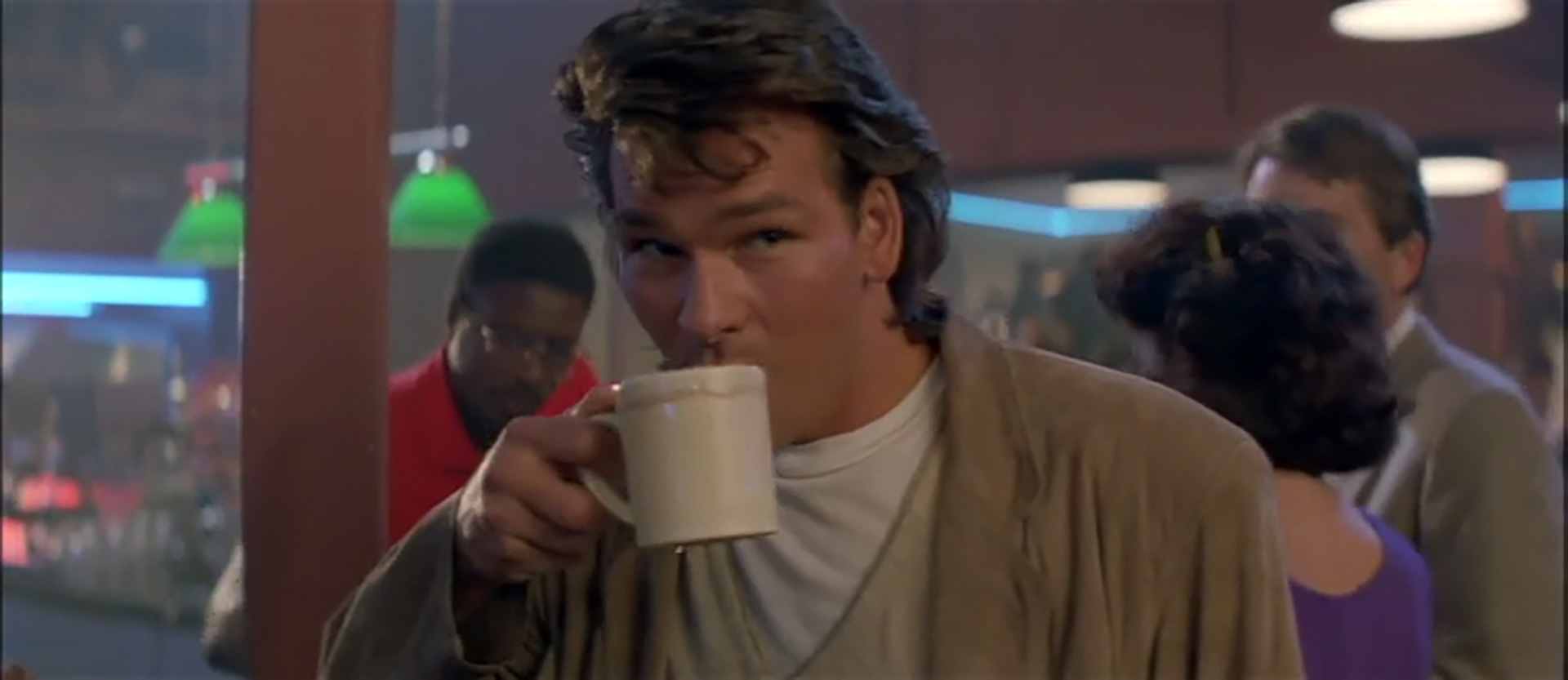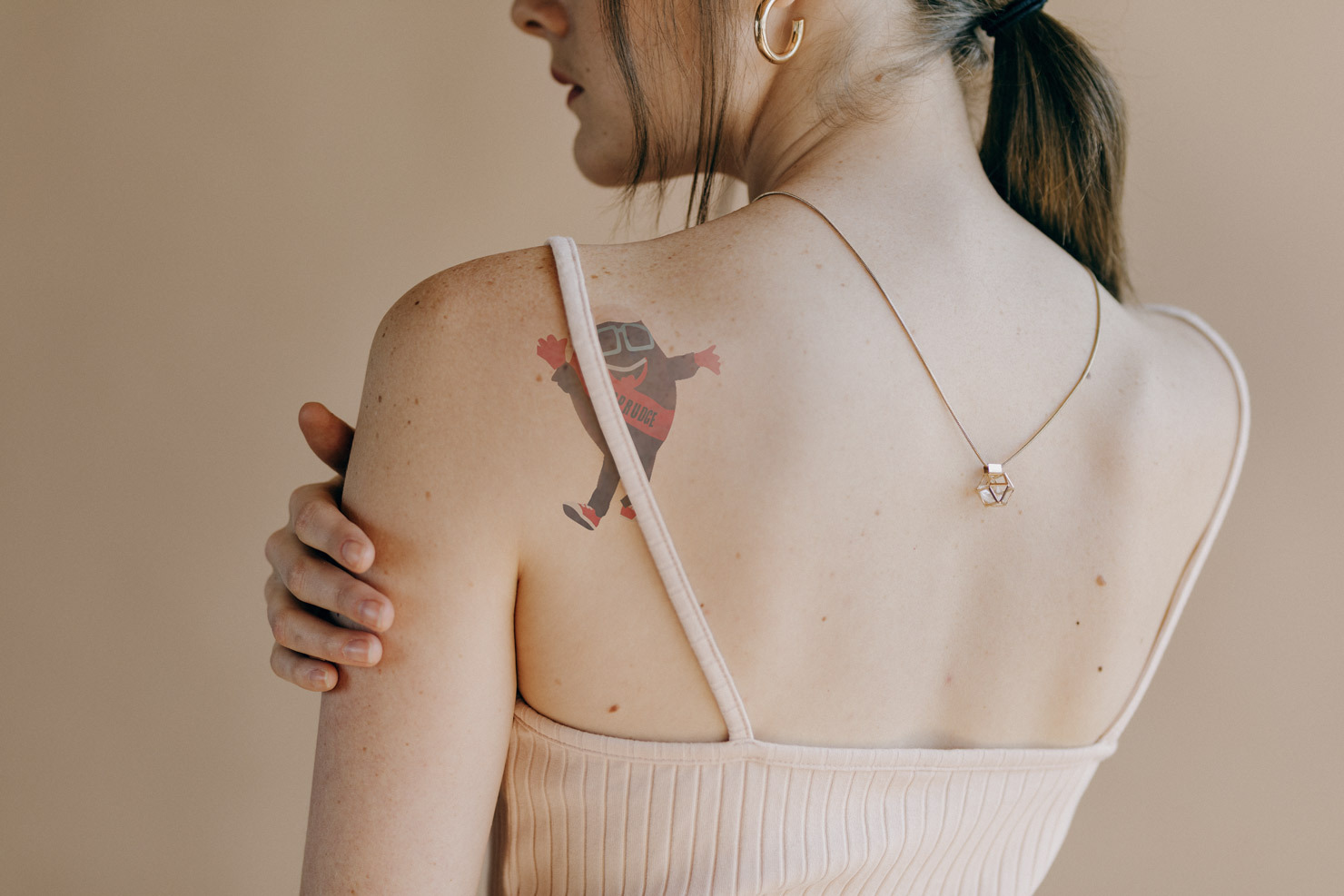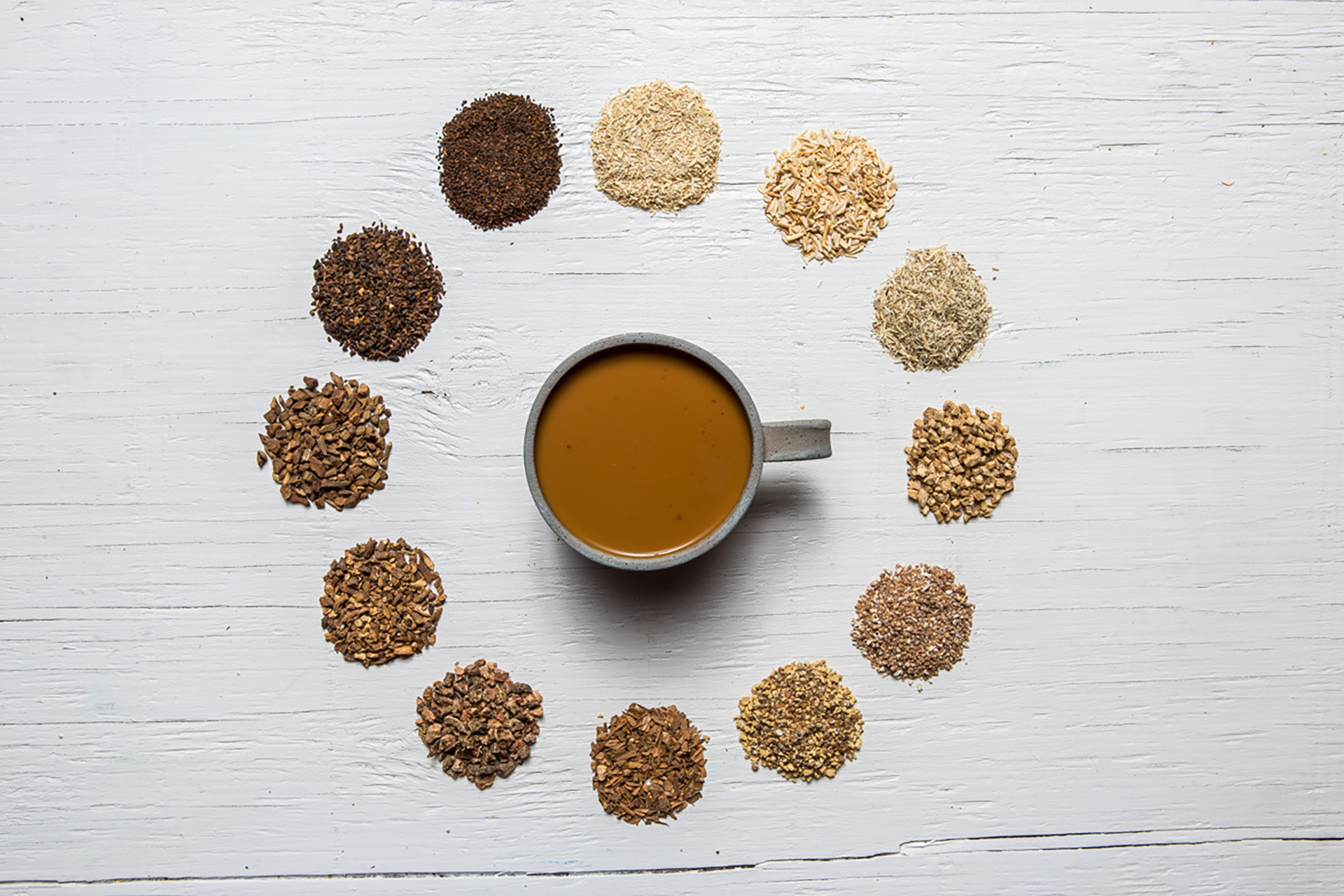What is it about the tininess of everyday objects that make us go all mushy and googly-eyed?
It seems like the smaller the version is, the cuter it becomes. A three-cup baby Chemex is adorable. But a Chemex that fits on the tip of your finger? Unsurmountable amounts of cuteness.
The existence of miniatures is nearly as old as civilization itself. The idea of reproducing things or people on a smaller scale has been documented across many cultures and for tens of millennia. But while miniatures in the dollhouse sense are a world of their own, building smaller versions of existing objects takes on various forms. Model airplanes, LEGO sets, train sets, and architecture models are all some form of miniaturization. These days, miniatures have modernized with more furniture choices, scenes, and makers. There are birthday hats for hamsters and whole miniature kitchens that you can cook real, tiny food in.
Chelsea Andersson, owner of ChelseaMakes makes and sells miniatures, including a tiny Chemex. I first found Andersson through her Instagram account @chelseamakes, where she recreated an Equator Coffees cafe location with tiny bags and takeaway cups.
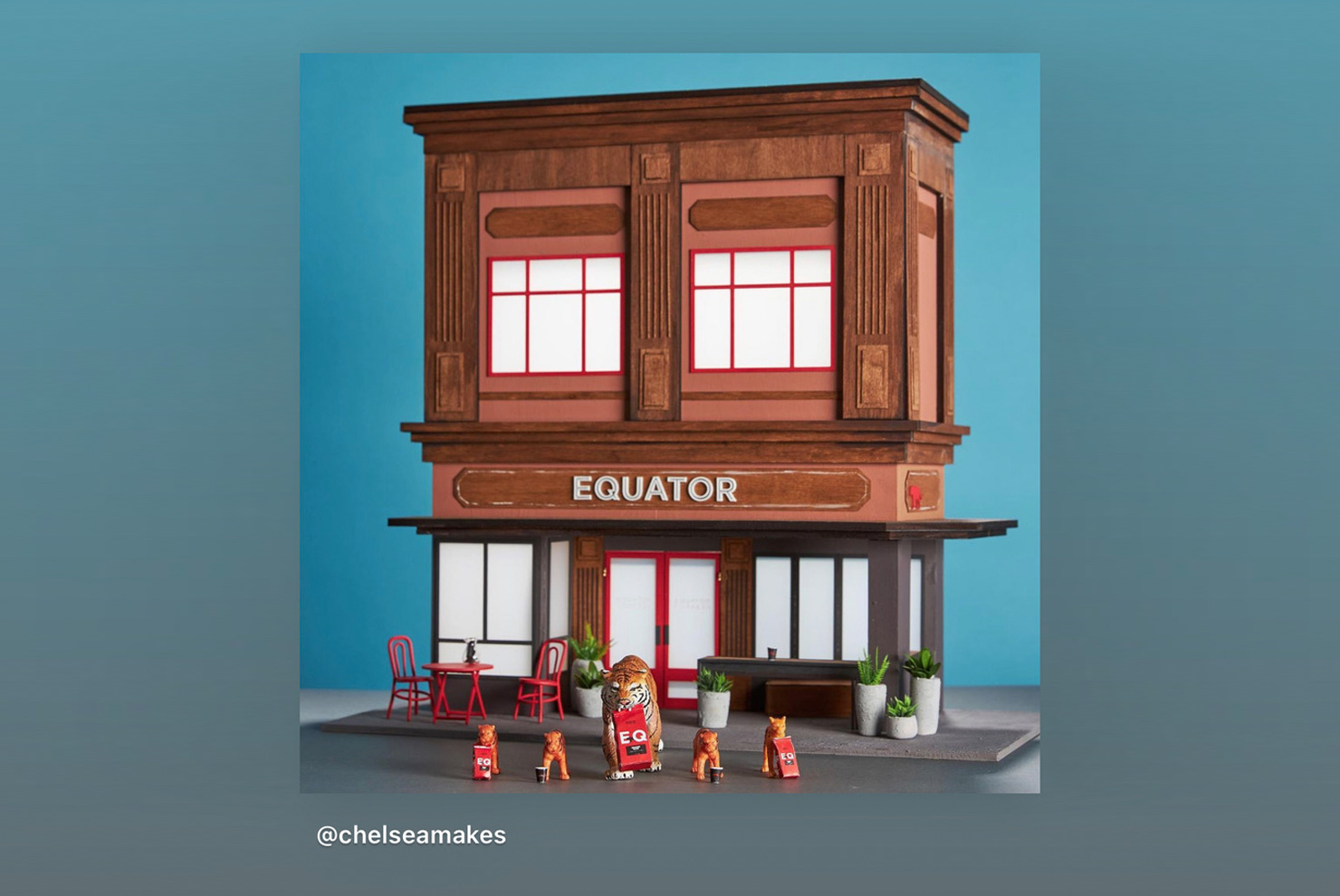
While she has always liked miniatures, the interest in building them was cemented when she was a landscape architect making scale-site models. “From there it quickly became a way for me to design and imagine furnishings and home decor that I couldn’t fit or afford in my tiny Bay Area apartment,” says Andersson.
For those who build miniatures, it offers an outlet where they can have a dream scene and execute complete control over it. She says, “I’m building a world where things are always right; a dream world, with dream furnishings, free from stress. It’s an escape.” If you can’t afford a $3,000 mid-century side table, you can at least make a tiny version of it.
The psychology behind a fascination with miniatures is well-researched through many studies. It harkens back to the instinct to protect and nurture babies in order to further the species. In 1943, ethologist Konrad Lorenz described “baby schema” or “Kindchenschema” as the idea that a set of features commonly seen in human babies and young animals triggers an innate, positive, caregiving response from adult humans. One study found that after viewing cute images of baby animals, participants “performed tasks requiring focused attention more carefully.” This reaction is not limited to babies and puppies; it can also be extrapolated to objects. In other words, we find miniature things cute, which makes us smile, want to nurture them, and do it all in an attentive manner.
I started noticing miniatures when Hario came out with the cutest set of mini pour-overs and when I got sent videos of miniature cooking. I even bought a kit to make my own tiny cafe. If you hadn’t heard before, let me be the first to tell you that building tiny furniture requires the patience of a saint and the dexterity of a surgeon (neither of which I have). But there’s something about hyper-focusing on a tiny craft that clears your mind.
There are a few ways to dip your toes into the miniatures world. Kits like the one Andersson sell exist to provide a basic structure to work within while other kits like the one I have are more all-inclusive. For the patient and crafty, you can begin by collecting tiny furniture and then use online tutorials to make your own. There’s even an annual Guild School offered by the International Guild of Miniature Artisans to learn the craft’s intricacies.
Miniature ceramic artist Cielo Marie Vianzon began collecting miniatures in 2008 and started making her own and sharing them on Instagram in 2019. Her favorite part of miniatures is “the amount of detail you can make at a small scale object.” This passion for detail is apparent in the handmade, tiny pottery she sells on her Etsy shop Clayful Mini Pottery. Vianzon estimates her last 100-piece ceramic batch took three months to create. She says, “I reopened my shop on April 17 with 96 items and was all sold out in 30 minutes.”
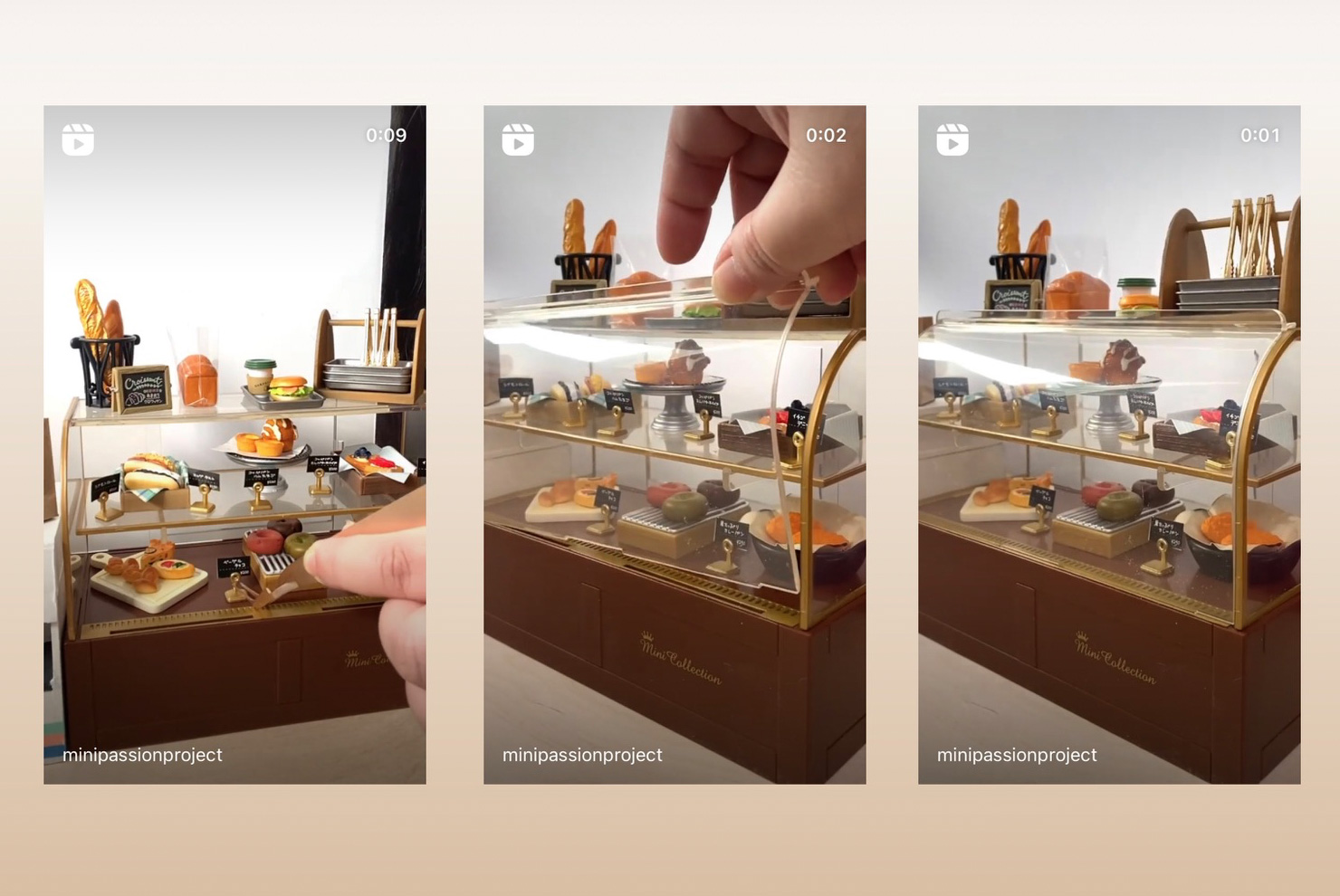
Both Vianzon and Andersson have cafe plans. Vianzon is working on a bakery, which you can preview on her Instagram page. Everything has been meticulously planned out, from the tiny donuts to the pastry signs. Andersson is looking to fill out an entire dream coffee bar with miniature, possibly branded items. Her Chemex, kettle, and mugs were just the beginning.
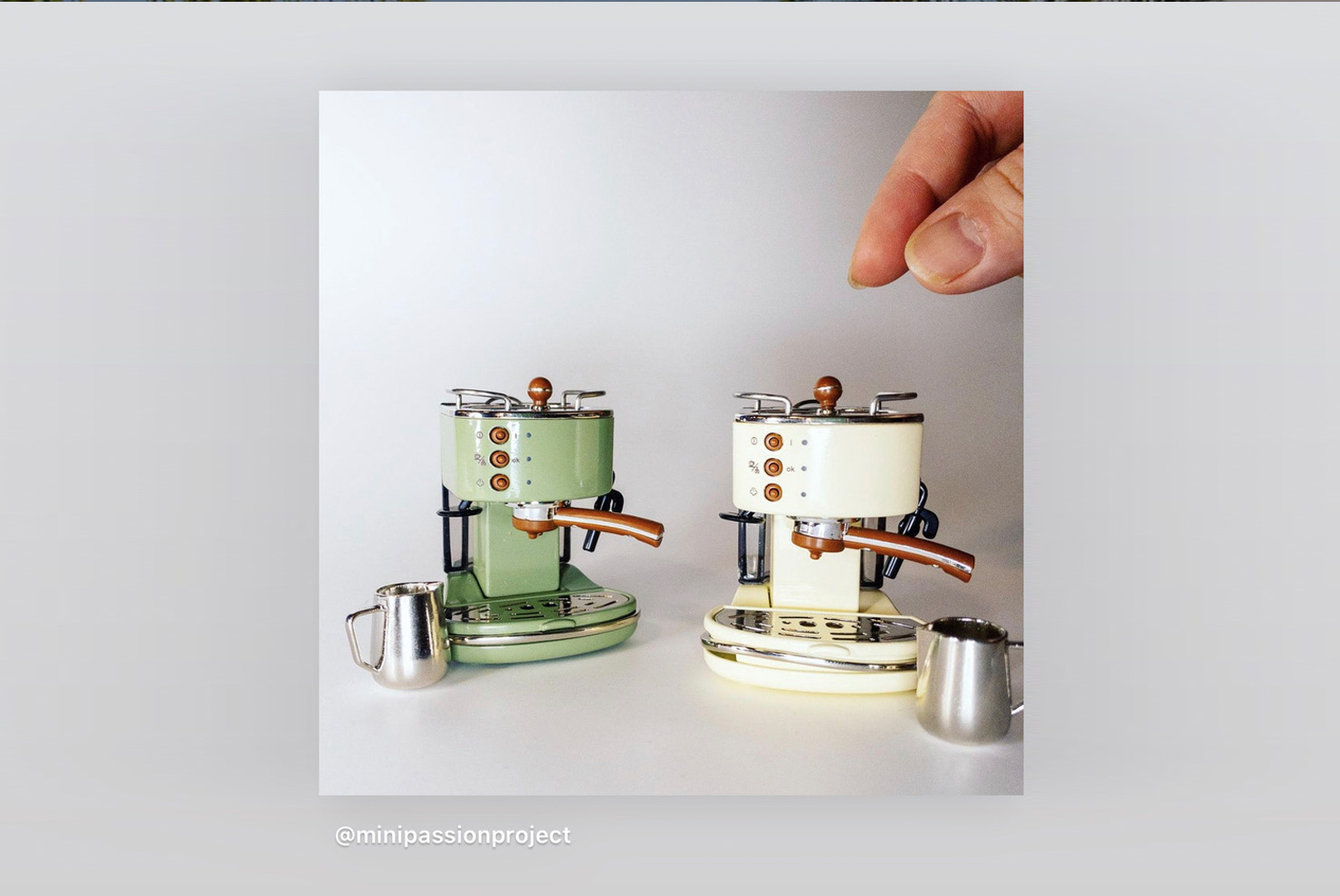
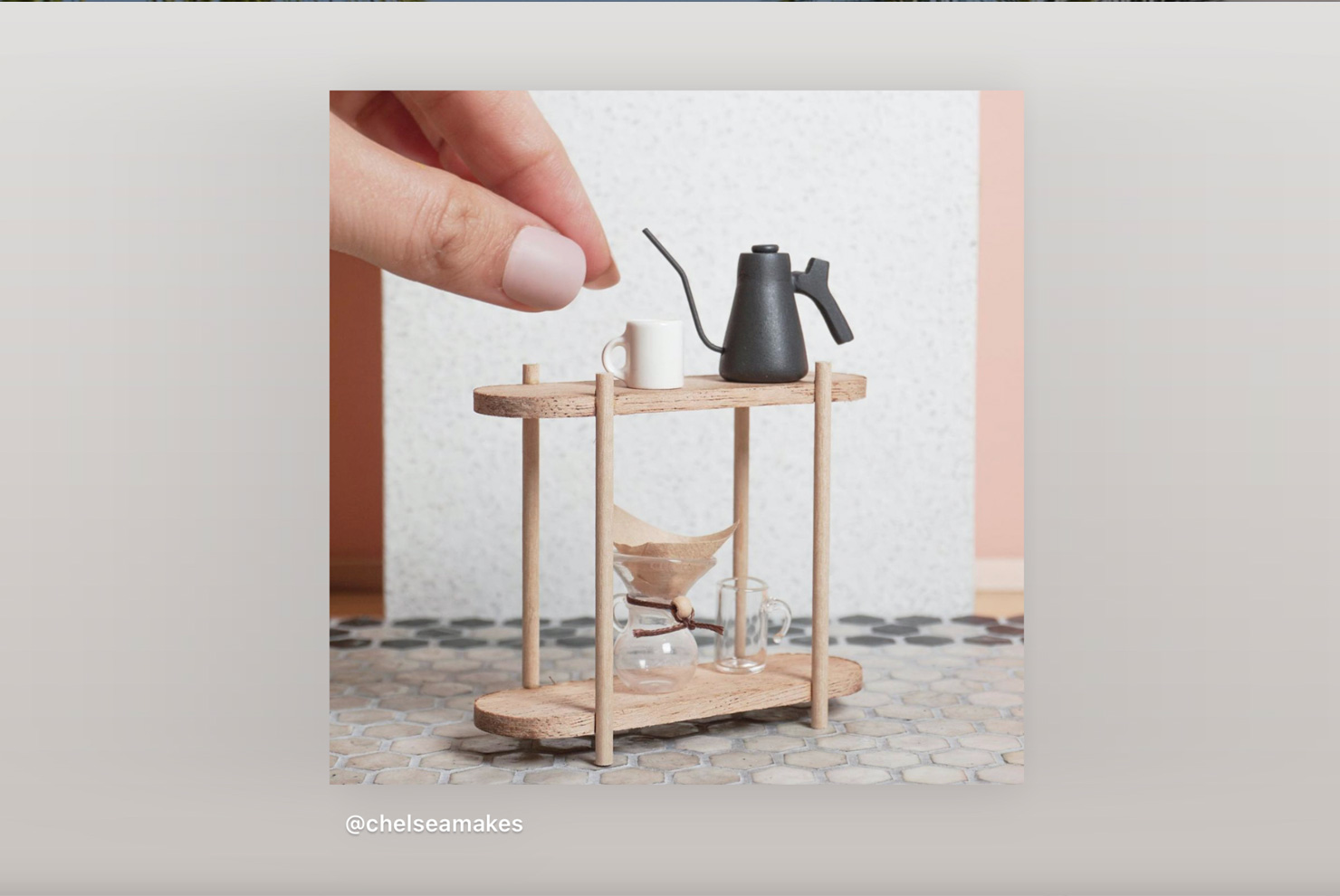
In a world where seemingly everything is out of our hands or general sphere of influence, working with miniatures gives us some modicum of control. Maybe you’re still working on finding the best space for your cafe. Having a miniature shop might help you conceptualize and design it. You can outfit it with your dream coffee setup even if you cannot execute it in a full-scale version.
Or, maybe you just need to get away for a bit into a perfect, tiny world. Either way, as history shows, miniatures are here to stay and the cuteness factor isn’t going away.
Jenn Chen (@thejennchen) is an Editor At Large at Sprudge Media Network. Read more Jenn Chen on Sprudge.









